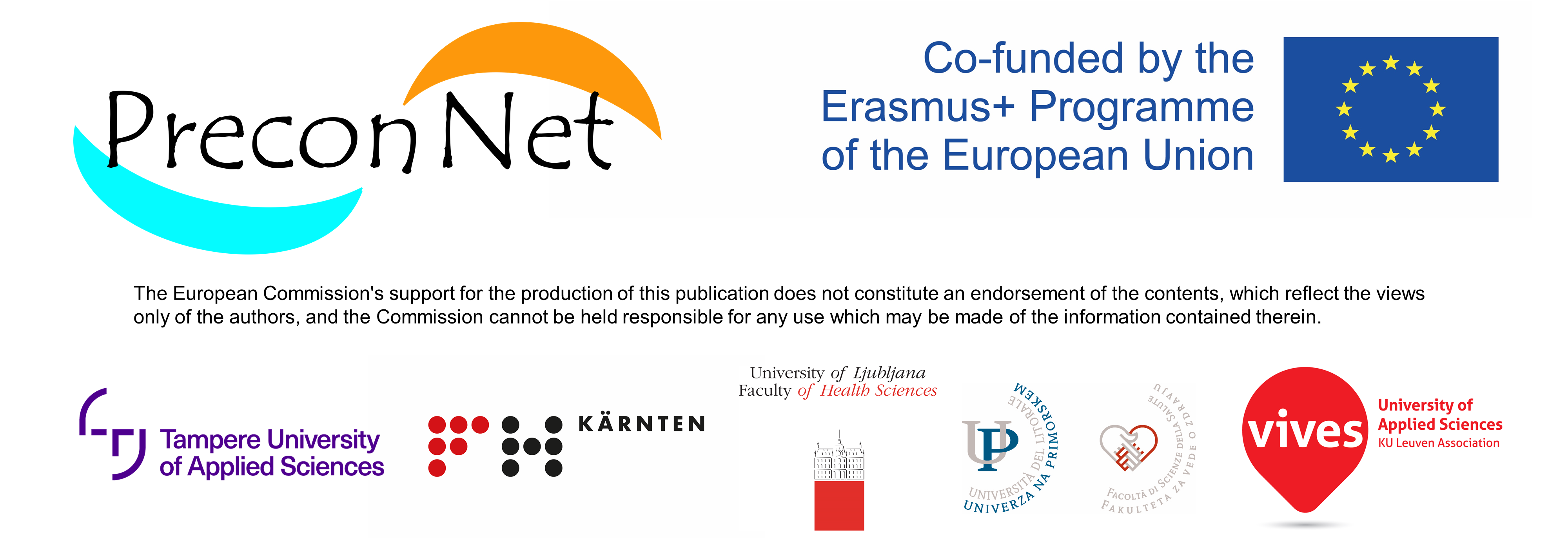Preconception health and care challenges in Finland
Finland has been the leading country in good quality maternity and child care for decades. Public health nurses and midwives are responsible for providing health promotion and quality care. This system has been proved to be highly cost effective. The Finnish birth statistics tell a story of mothers that give birth normally and not only survive but thrive after birth. Just to mention one subject of pride, the c-section rate in Finland is 16%.
Free birth control for youth aged under 20 and easy access to information contribute to the shrinking abortion rate, according to National Institute for Health and Welfare. The number of abortions per capita in Finland continues to decline. In 2017 Finland had the Nordic region’s lowest abortion rate. In 2018, a total of 8,602 abortions were carried out in Finland. This figure is the lowest since 1970. Compared with 2017, there were 8.4% fewer abortions in 2018. For those under the age of 20, the number of abortions has also decreased significantly in recent years. Year-on-year, the number of teen abortions was 16.1% lower in 2018 than in 2017.
Not only is the free contraception the underlying reason for declining number of abortions, but also preventive measures taken, such as guidance of the youth in schools by teachers, school nurses and public health nurses in student health care. The net of national health promotion is wide, reaching all the population from newborn to early adulthood. However, the preconception health as a policy has not been sufficiently recognized in our country. If our future preconception health lies on free contraception alone, it is not a permanent solution for the long haul. It remains random what type and kind of information the youth receives.
The biggest challenges in Finland regarding preconception health are the declining birth rate, overweight of young people in reproductive age, teens and children. These problems combined with the trend of delayed parenthood moves into decreased fertility, problems during pregnancy such as increased cases of gestational diabetes.
Marika Mettälä, Anna-Mari Äimälä and Elina Botha
Tampere University of Applied Sciences, Kuntokatu 3, 33520 Tampere, Finland

 Previous Post
Previous Post



